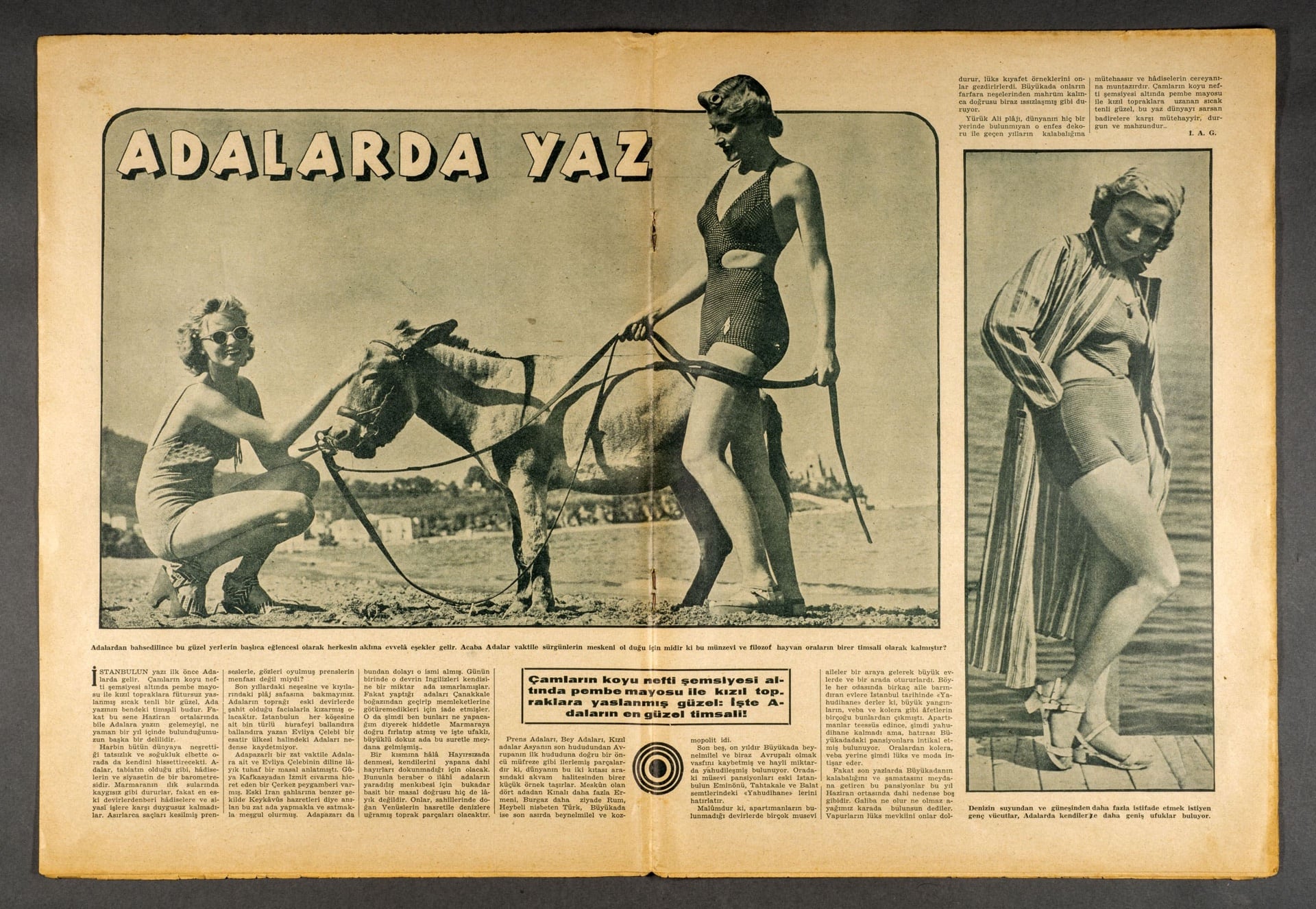On a guided exhibition tour, participants are inspired by Marcel Dzama's dancing figures, theatrical paintings and video installations such as Death Disco Dance and A Game of Chess to express their creativity through movement. Based on Dzama's original expression that transforms dance into a visual language, they combine collage technique with movement compositions. Throughout the workshop, playful instructions are given to facilitate physical exploration individually and as a group.
Note: It is recommended to come to the workshop in comfortable clothes and sneakers/socks.
Instructor: İdil Kemer
Capacity: 15 people
Duration: 90 minutes
Fee per workshop: 450 TL
Fee per workshop for students: 225 TL (Participants are requested to show their student IDs at the entrance.)
The event will take place at the Pera Museum.
About İdil Kemer
A Boğaziçi University English Language and Literature graduate, the artist met dance during her years at METU. Focusing on contemporary dance, yoga and movement practices, she has been involved in national and international projects since 2008. She participated in “Off Course” and “Atelier” projects with Meg Stuart/Damaged Goods. She incorporated Skinner Releasing Technique into her creative process. She became an Impulstanz and DanceOMI scholar. She participated as a performer in short films, staged “Making of A Room” in 2017, then produced “Strange Dances” and “Martha”. Recently she has been working on “pop-up characters”.

Istanbul’s Seaside Leisure: Nostalgia from Sea Baths to Beaches exhibition brought together photographs, magazines, comics, objects, and books from various private and institutional collections, and told a nostalgic story while also addressing the change and socialization of the norms of how Istanbulites used their free time. Istanbul’s Seaside Leisure was a documentary testament of the radical transformations in the Republic’s lifestyle.
Tuesday - Saturday 10:00 - 19:00
Friday 10:00 - 22:00
Sunday 12:00 - 18:00
The museum is closed on Mondays.
On Wednesdays, the students can
visit the museum free of admission.
Full ticket: 300 TL
Discounted: 150 TL
Groups: 200 TL (minimum 10 people)